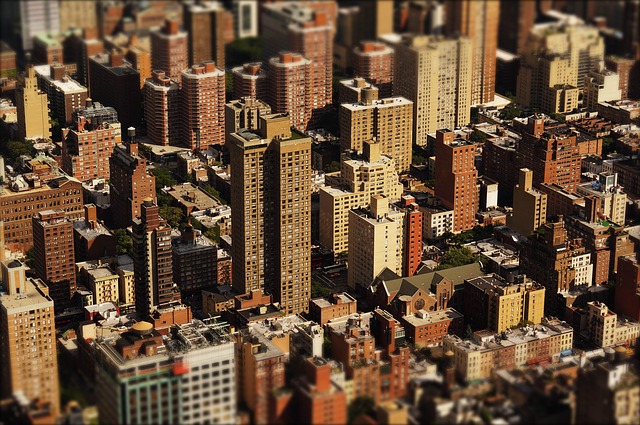Bigger than agriculture, design has made a significant impact on the economy of New Zealand. It has not only served as an engine of growth, but also functioned as a tool of urban regeneration and a way to solve tough problems in the public and private sectors.
Designers know that their work creates value, but a recent report from DesignCo – commissioned by ten New Zealand institutions including AUT – confirms it, by quantifying design’s growing impact on the New Zealand economy. According to The Value of Design to New Zealand report, the design sector contributed approximately $10.1 billion to the New Zealand economy in 2016, about 4.2% of New Zealand’s GDP.
And if design were treated as its own industry rather than a sector within various industries, its contribution to the economy would be larger than agriculture ($8.1 billion) and on the heels of retail trade ($10.6 billion) and food, beverage and tobacco product manufacturing ($10.6 billion). Product design and interactive design are the two biggest contributors towards design’s economic impact, along with manufacturing, human health, financial, environmental and construction industries.
Is there anything unique about the way New Zealand approaches design?
There’s a type of design outcome that has a “funky pragmatism”, but even the most slick work is always a bit edgy. It’s often highly social responsible. The ethos of the landscape filters in, as do the cultural values of inclusion. There’s a greater shared sense of responsibility, it is an ethos that shows up in design so we don’t have as many frivolous or wasteful or flakey things as you would find in US or Australia.
The ethos also comes from not being wasteful, not designing something that causes harm as much. I see this a lot of the students when they go into their profession too. Design is to accomplish good, not simply to produce wealth.


